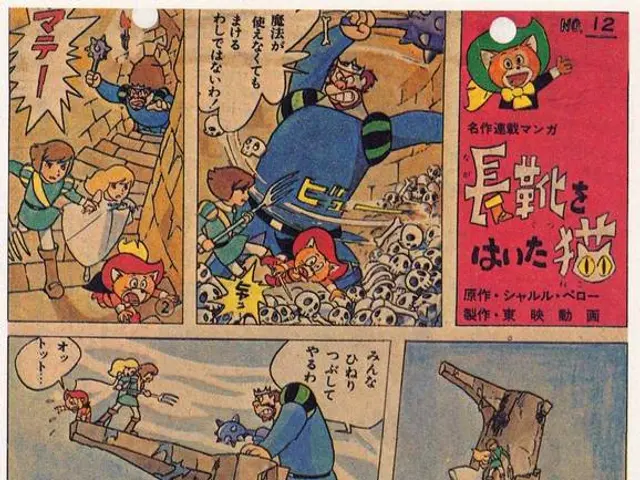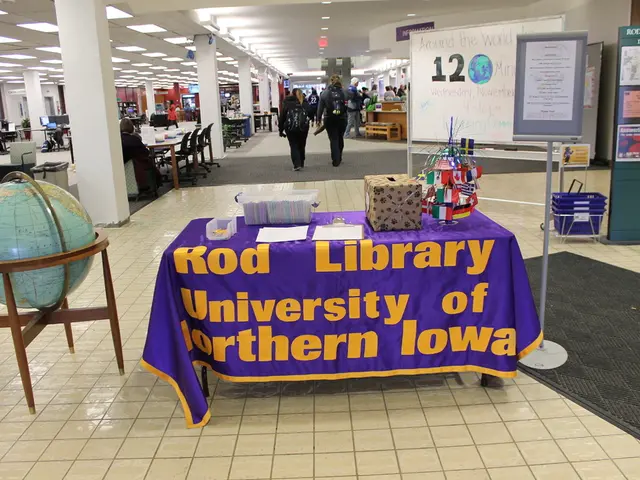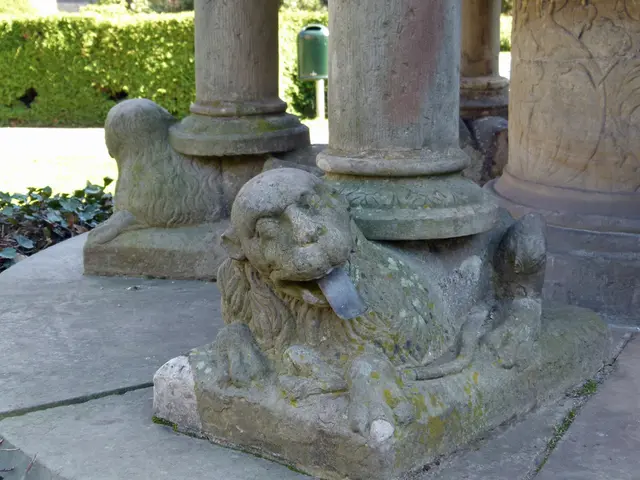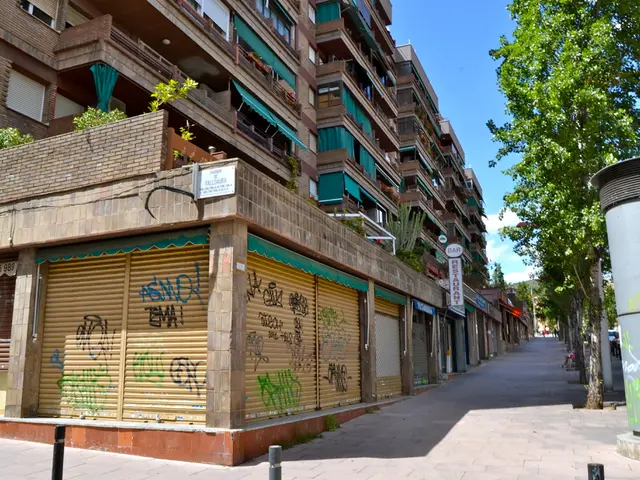Polish Easter Baskets: A Vibrant, Symbolic Celebration
Traditions, Symbolism, and Festivities of the Polish Easter Basket (Świe
Welcome to a captivating journey through Poland's Easter traditions! This article dives into the heart of the Polish Easter, specifically the Święconka – a tradition that beautifully blends Catholic faith with cultural roots. The Święconka is more than just a basket; it's a symbol of hope, renewal, and the triumphant spirit of Easter.
Originating in the 7th century, this tradition has evolved over the centuries, reflecting social, agricultural, and religious changes. At its core, the Święconka represents the end of Lent and the anticipation of Easter Sunday's feast.
The Contents of the Basket
The items within the Święconka are deliberately chosen to symbolize themes of sacrifice, resurrection, and joy. Here's a peek at the traditional inclusions:
- Eggs (Jajka): These symbolize new life and Christ's resurrection, often beautifully decorated as pisanki.
- Bread (Chleb): Represents Jesus Christ as the Bread of Life, a reminder of blessings received throughout the year.
- Salt (Sól): A symbol of purification and the necessity of life, serving as a reminder of Christians being the "salt of the earth."
- Meat (Wędliny): Often ham or sausage, these symbolize abundance and joy, representing the joy and abundance of Christ's resurrection.
- Horseradish (Chrzan): Its bitterness reminds Christians of Christ's Passion and the harshness of life, while its strength signifies physical and spiritual strength.
- Butter (Masło): Shaped into a lamb or a cross, it signifies the goodness of Christ that we should emulate. The lamb also represents Jesus as the Lamb of God.
- Cheese (Ser): Symbolizes moderation Christians should have in all things.
- Cake (Babka): Represents joy and the sweetness of life.
The basket, traditionally lined with a white linen cloth symbolizing purity, holds these symbolic items and may be adorned with spring greenery or pussy willows.
The Blessing and Modern Celebrations
Today, the Święconka remains a cherished tradition, with families preparing baskets to be blessed at church on Holy Saturday. This ceremony not only reinforces the spiritual significance of Easter but also serves as a cultural gathering, strengthening community bonds.
Although the essence of the tradition remains unchanged, modern adaptations can be seen in the variety of foods blessed and the inclusion of non-traditional items. This fusion of old and new embodies the dynamic nature of cultural traditions, allowing them to endure and flourish in contemporary settings.
The Święconka continues to inspire and unite families, bridging the past with the present. By participating in this tradition, we witness the resilience and adaptability of cultural traditions, their ability to retain their core meanings while embracing change.
We invite you to explore the rich tapestry of Poland's Easter traditions, centered around the Święconka. This guide offers insights into a practice that continues to captivate and unite, reminding us of the enduring power of faith, hope, and renewal.
Don't forget to subscribe to our weekly newsletter to stay updated on news from Poland!
We don't spam!
Check your inbox or spam folder to confirm your subscription.
Enrichment Data
In a traditional Polish Easter basket, known as Święconka, various items hold symbolic meanings reflecting Christian beliefs and traditions. Here are some key items and their symbolic meanings:
- Eggs (Pisanki): Represent life, fertility, rebirth, and Christ's resurrection, often intricately decorated.
- Bread (Babka or Sourdough Rye): Symbolizes Jesus and is called the "staff of life." Babka, a sweet bread, often includes a cross, signifying Jesus.
- Sausage (Kielbasa): Represents God's favor and generosity, linking to the chains of death Jesus broke by rising from the dead.
- Ham or Bacon: Symbolizes abundance and God's mercy.
- Salt: Represents purification, wisdom, and protection, reminding us of the sacraments like baptism and confession.
- Butter (Often in the shape of a lamb): Symbolizes Jesus as the "Lamb of God."
- Horseradish: Represents the harshness of life and the Passion of Christ, often mixed with beets to sweeten it.
- Cheese: Encourages moderation in all things.
- Greenery (e.g., Boxwood): Symbolizes hope and new life, reflecting the hope in Christ's resurrection.
- Wine: Part of the Passover meal and the Last Supper, symbolizing Christ's blood.
- Candle: Represents Jesus as the Light of the World, often lit during the basket blessing.
- Chocolates and Jelly Beans (Modern additions): Symbolize the sweetness of life.
- The vibrant Polish Easter tradition, known as the Święconka, symbolizes hope, renewal, and the triumphant spirit of Easter, blending Catholic faith with cultural roots.
- In the Świe










